Adaptation (biology)
Introduction
Adaptation in biology refers to the process by which an organism becomes better suited to its environment. It is a key principle of evolution and is driven by natural selection. Over time, adaptations enhance an organism's fitness, which is its ability to survive and reproduce. Adaptations can be physical, such as the development of wings for flight, or behavioral, such as the ability to learn complex tasks. They can also be physiological, such as the ability to digest certain types of food[1].
Physical Adaptations
Physical adaptations are changes to an organism's physical structure that enhance its survival. For example, the long neck of a giraffe allows it to reach leaves high in trees, giving it an advantage in environments where food is scarce at ground level[2].

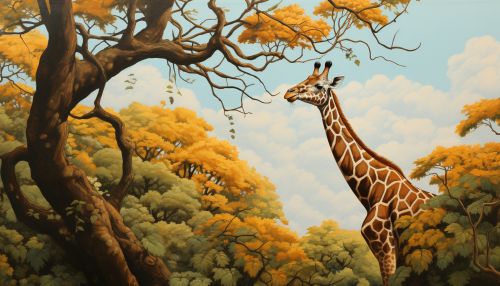
Behavioral Adaptations
Behavioral adaptations are changes in an organism's behavior that increase its chances of survival. For example, many bird species migrate to warmer climates during the winter to find food and avoid harsh weather conditions[3].


Physiological Adaptations
Physiological adaptations are changes in an organism's metabolic processes, which can affect its energy consumption, temperature regulation, and other aspects of its biology. For example, some desert animals have adaptations that allow them to conserve water, such as the ability to produce highly concentrated urine[4].

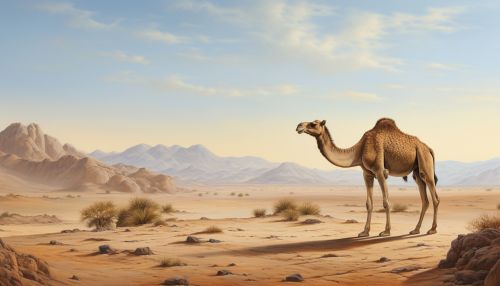
Evolution of Adaptations
Adaptations evolve over generations through the process of natural selection. Those organisms with traits that enhance their survival and reproduction are more likely to pass on their genes to the next generation. Over time, these advantageous traits become more common in the population[5].
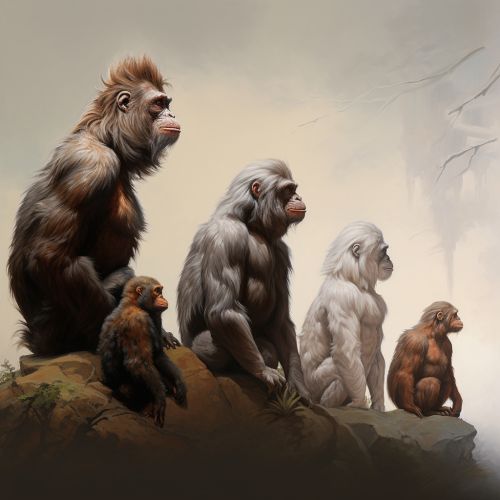
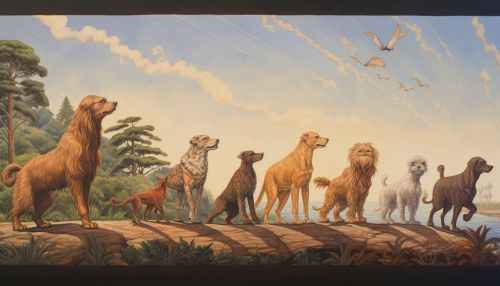
Human Adaptations
Humans have also evolved a number of adaptations. For example, our ability to walk upright, known as bipedalism, allows us to use our hands for tasks such as tool use and carrying items. Our large brains enable complex thought, language, and social structure[6].
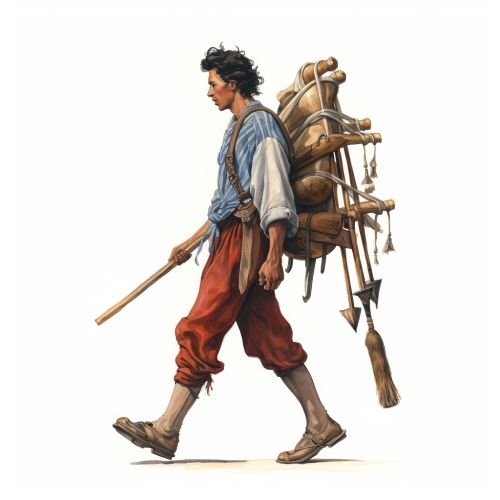
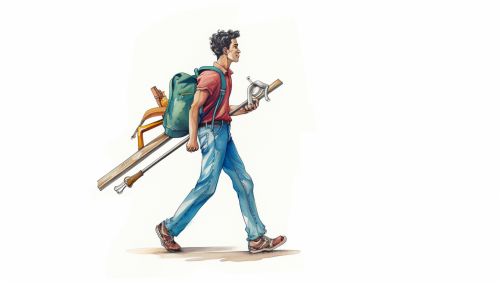
See Also
References
- ↑ Stearns, S. C. (1992). The evolution of life histories. Oxford University Press.
- ↑ Mitchell, G., & Skinner, J. D. (2003). On the origin, evolution and phylogeny of giraffes Giraffa camelopardalis. Transactions of the Royal Society of South Africa, 58(1), 51-73.
- ↑ Newton, I. (2008). The migration ecology of birds. Academic Press.
- ↑ MacMillen, R. E. (1990). Water economy. In E. Nevo & O. A. Reig (Eds.), Evolution of subterranean mammals at the organismal and molecular levels (pp. 193-214). Wiley-Liss.
- ↑ Endler, J. A. (1986). Natural selection in the wild. Princeton University Press.
- ↑ Dunbar, R. I. M. (1998). The social brain hypothesis. Evolutionary Anthropology: Issues, News, and Reviews, 6(5), 178-190.
